Cost-Effective Illumination: Saving Money with Solar Path Lights
As energy prices soar and environmental awareness grows, homeowners and small businesses are seeking cost-effective solutions to illuminate their outdoor spaces. Solar Path Lights offer a beacon of Cost-Effective Illumination, harnessing solar energy to eliminate electricity bills while minimizing installation and maintenance expenses. This article explores how Solar Path Lights deliver savings through Zero Wiring Installation, Low Maintenance Cost, and Long-Term Energy Savings. We’ll analyze their ROI for Homeowners and ROI for Small Businesses, highlight how to leverage Rebates for Solar Path Lights and Incentives for Solar Lighting, and showcase real-world Solar Path Lights Application Cases. Additionally, we provide practical tips for Solar Path Lights Installation Optimization and Solar Path Lights Maintenance Optimization to ensure maximum value. By the end, you’ll see why Solar Path Lights are a smart financial and sustainable choice for outdoor lighting.
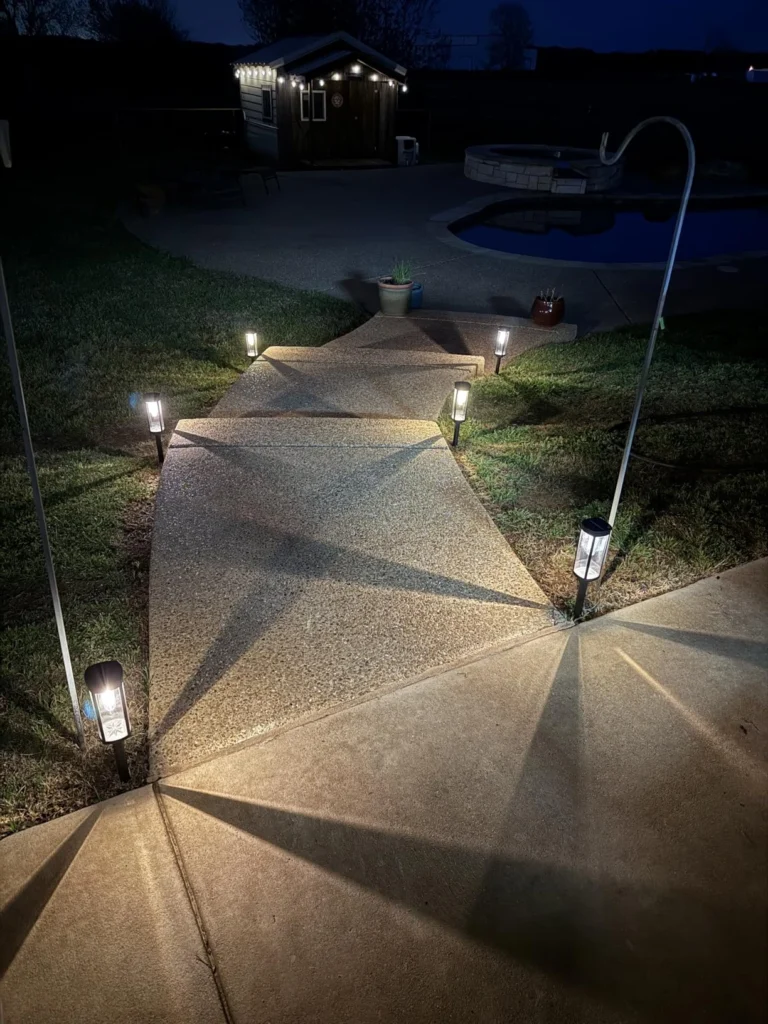
Core Economic Benefits of Solar Path Lights
Solar Path Lights are engineered for cost efficiency, offering distinct advantages over traditional lighting systems. Their reliance on renewable energy and simplified design make them a cornerstone of Cost-Effective Illumination.
Zero Wiring Installation
A primary economic advantage of Solar Path Lights is their Zero Wiring Installation. Traditional outdoor lighting often requires trenching, wiring, and professional electricians, with installation costs ranging from $500 to $2,000 depending on the project’s complexity. In contrast, Solar Path Lights are wireless, self-contained units that can be installed by anyone with basic DIY skills. For example, a set of 10 high-quality solar path lights, such as the Beau Jardin Color-Changing Solar Pathway Lights, costs $200-$400, with no additional labor or material expenses. This Zero Wiring Installation feature eliminates the need for costly infrastructure, making Solar Path Lights an accessible and budget-friendly option.
Low Maintenance Cost
Solar Path Lights are designed for Low Maintenance Cost, further enhancing their economic appeal. Traditional lighting systems require frequent bulb replacements, costing $5-$20 per bulb every 1-2 years, and periodic repairs to wiring or fixtures, which can add hundreds of dollars annually. In contrast, Solar Path Lights use LED bulbs with lifespans of up to 50,000 hours—equivalent to over 15 years of nightly use. Solar panels and batteries, typically lithium-ion, require minimal upkeep, with occasional cleaning to maintain efficiency. This Low Maintenance Cost ensures that Solar Path Lights remain a cost-effective solution over their lifespan.
Long-Term Energy Savings
The most compelling financial benefit of Solar Path Lights is their Long-Term Energy Savings. By harnessing solar energy, these lights eliminate electricity costs entirely. For comparison, a traditional 60-watt pathway light operating 6 hours nightly at $0.15 per kWh costs approximately $62.05 per year. A set of 10 such lights would cost $620.50 annually, or $6,205 over 10 years. Solar Path Lights, like the AloftSun Motion Sensor Solar Landscape Spotlights, incur zero electricity costs, saving thousands over their lifetime. These Long-Term Energy Savings make Solar Path Lights a financially savvy choice for illuminating pathways, gardens, and outdoor areas.
Return on Investment (ROI) for Homeowners and Small Businesses
The financial viability of Solar Path Lights is evident in their impressive ROI for Homeowners and ROI for Small Businesses, driven by low upfront costs and substantial savings.
ROI for Homeowners
For homeowners, the initial investment in Solar Path Lights typically ranges from $200 to $500 for a set of 10-20 lights, depending on features like motion sensors or color-changing capabilities. With no electricity or installation costs, savings accrue rapidly. Using the example above, 10 lights save $620.50 annually in electricity costs alone. For a $300 investment, the payback period is less than 6 months. Over 5 years, total savings reach $3,102.50, excluding avoided installation costs. This rapid ROI for Homeowners makes Solar Path Lights an attractive option for enhancing garden or pathway aesthetics while cutting costs.
ROI for Small Businesses
Small businesses, such as cafes or retail stores, benefit even more due to longer operating hours and larger installations. A business might invest $500-$1,500 for 20-30 Solar Path Lights to illuminate parking lots or outdoor seating areas. If each light saves $82.74 annually (based on 60 watts, 8 hours nightly, $0.15/kWh), 20 lights yield $1,654.80 in yearly savings. For a $1,000 investment, the payback period is approximately 7 months. Over 5 years, savings total $8,274, plus potential revenue increases from improved ambiance. This strong ROI for Small Businesses underscores the economic value of Solar Path Lights for commercial applications.
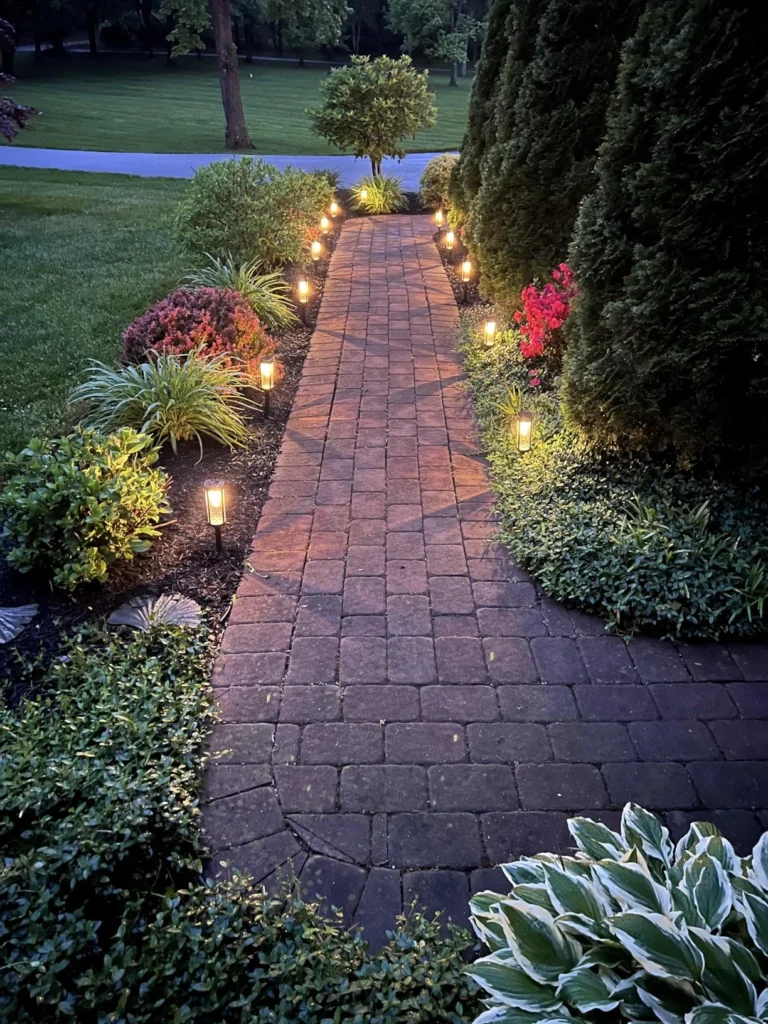
Utilizing Rebates and Incentives
To maximize the affordability of Solar Path Lights, users can leverage Rebates for Solar Path Lights and Incentives for Solar Lighting. In the United States, the federal Investment Tax Credit (ITC) offers a 30% tax credit on solar energy systems, including lighting, through 2032, reducing a $1,000 installation to $700 after credits. State-specific programs, such as California’s Self-Generation Incentive Program (SGIP) or New York’s NY-Sun Initiative, provide additional rebates or grants. For example, SGIP offers up to $250 per kWh of battery storage, which can apply to solar lights with integrated batteries.
To access these benefits, visit the Database of State Incentives for Renewables & Efficiency (DSIRE) to identify local programs. Application processes typically require purchase receipts, product specifications, and proof of installation. By utilizing these Incentives for Solar Lighting, users can significantly lower upfront costs, enhancing the economic appeal of Solar Path Lights.
Actual Application Cases and Economic Outcomes
Real-world Solar Path Lights Application Cases demonstrate their economic and practical benefits.
Case 1: Arizona Residential Garden
A homeowner in Arizona installed 12 Beau Jardin Color-Changing Solar Path Lights along a garden pathway for $300. Previously, their wired lights consumed 60 watts each, costing $150 annually in electricity. With Solar Path Lights, electricity costs dropped to zero, saving $150 per year. The DIY installation took under an hour, avoiding $1,000 in professional wiring costs. Over 5 years, the homeowner saved $750 in electricity and $1,000 in installation, totaling $1,750 in savings, with the investment recouped in 2 years. The lights also enhanced the garden’s aesthetic, earning praise from neighbors.
Case 2: Oregon Café Outdoor Seating
A small café in Oregon installed 15 AloftSun Motion Sensor Solar Path Lights in its outdoor seating area for $750. The previous high-pressure sodium lights consumed 100 watts each, costing $200 annually for 8 hours of nightly use. The Solar Path Lights eliminated electricity costs, saving $200 per year. The improved ambiance attracted more evening customers, boosting revenue. Over 5 years, electricity savings reached $1,000, with the investment recouped in under 4 years. The café owner noted increased customer satisfaction due to the inviting lighting.
These Solar Path Lights Application Cases highlight significant savings and added value for both residential and commercial users.
Installation and Maintenance Optimization Tips
Maximizing the benefits of Solar Path Lights requires careful Solar Path Lights Installation Optimization and Solar Path Lights Maintenance Optimization.
Installation Optimization
- Location Selection: Place lights in areas with at least 6 hours of direct sunlight daily, avoiding shade from trees or buildings to maximize solar panel efficiency.
- Spacing: Space lights 6-10 feet apart for even pathway illumination, as recommended by Consumer Reports.
- Angle Adjustment: Angle solar panels toward the sun (south-facing in the Northern Hemisphere) to optimize charging. Some models, like Ring Solar Pathlights, allow adjustable panels.
- Testing: Test lights post-installation to ensure proper function and adjust positions for optimal coverage.
These Solar Path Lights Installation Optimization steps ensure efficient energy capture and effective illumination.
Maintenance Optimization
- Cleaning: Clean solar panels monthly with a soft cloth and mild soap to remove dust or debris, maintaining charging efficiency.
- Battery Check: Inspect batteries every 6-12 months, replacing them (typically $5-$15 each) if brightness diminishes. Most Solar Path Lights use long-lasting lithium-ion batteries.
- Light Inspection: Check fixtures for weather-related damage, especially after storms, to prevent costly replacements.
- Seasonal Adjustments: In winter, adjust panel angles to capture more sunlight in regions with lower sun angles.
These Solar Path Lights Maintenance Optimization practices ensure long-term performance and minimal costs.
Solar Path Lights redefine outdoor lighting with Cost-Effective Illumination, leveraging Zero Wiring Installation, Low Maintenance Cost, and Long-Term Energy Savings. Their compelling ROI for Homeowners and ROI for Small Businesses, often achieved within 6-12 months, makes them a wise investment. Rebates for Solar Path Lights and Incentives for Solar Lighting further reduce costs, while Solar Path Lights Application Cases demonstrate real-world savings and enhanced aesthetics. By following Solar Path Lights Installation Optimization and Solar Path Lights Maintenance Optimization tips, users can enjoy years of reliable, eco-friendly lighting. As solar technology advances, with a projected 20% CAGR through 2030, Solar Path Lights will continue to illuminate the path to a sustainable, cost-effective future

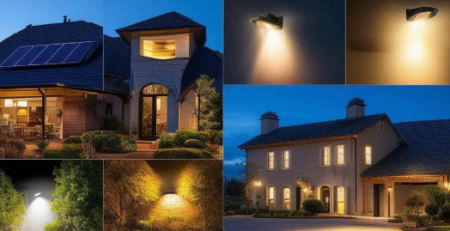
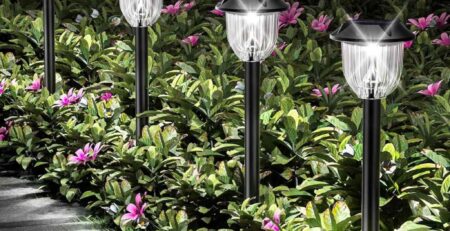
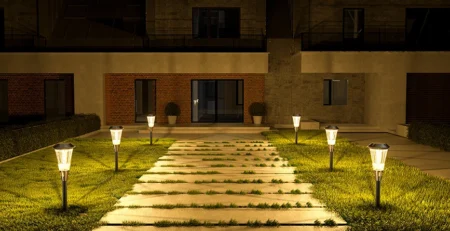

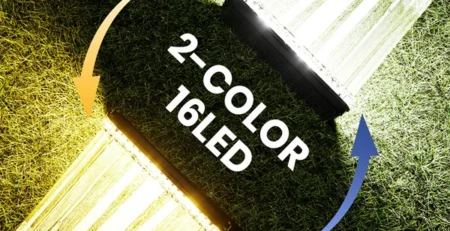

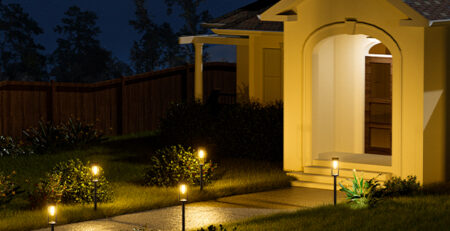
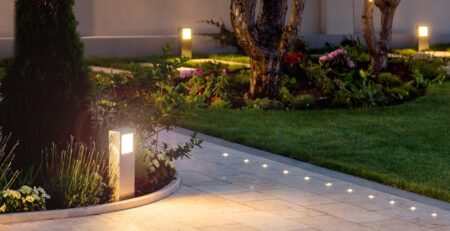

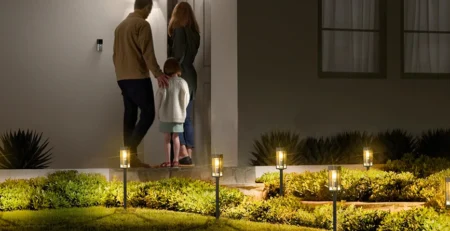
Leave a Reply